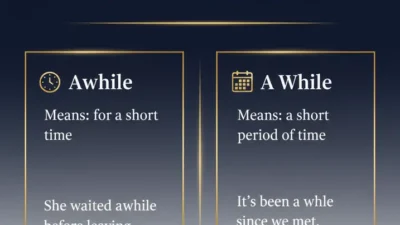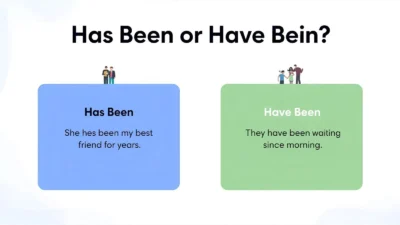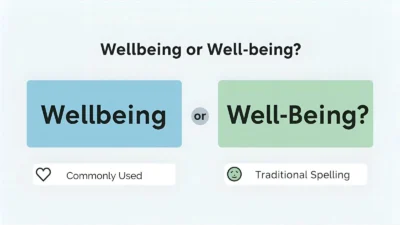Have you ever paused while writing and wondered if you should use “less than” or “greater than”? You’re not alone—I’ve made the same mistake and know how confusing it can be.
If you’re a student, writer, or English learner, understanding the difference matters a lot for clear grammar and expression. In this guide, I’ll break down less than vs greater than with simple tricks and examples that are easy to remember.
By the end, you’ll feel confident using both correctly without hesitation.
Less Than or Greater Than – Quick Answer
The less than symbol < means a number is smaller than another.
The greater than symbol > means a number is larger than another.
Examples:
- 3 < 7 → 3 is less than 7
- 9 > 4 → 9 is greater than 4
👉 A simple trick: The wide open side always faces the bigger number.
The Origin of “Less Than or Greater Than”
The symbols < and > were first introduced in the 17th century by mathematician Thomas Harriot. Before that, words like less than and greater than were written out in full, which made math writing long and clumsy.
Over time, the angled signs became a universal shorthand in mathematics, science, and even computer languages.
The wording “less than or greater than” simply combines the two comparisons to explain the idea of relative size or value.
British English vs American English Spelling
In this case, there is no spelling difference between British and American English. Both use the same phrase “less than or greater than”. However, in teaching style and learning resources, there may be slight differences:
| Term/Usage | British English | American English |
| Phrase used | Less than / Greater than | Less than / Greater than |
| Teaching trick | “Crocodile eats the bigger number” | “Alligator eats the bigger number” |
| Common usage in exams | GCSE, A-Levels | SAT, ACT |
So, while the words are identical, the examples or teaching metaphors may vary.
Which Spelling Should You Use?
Since the phrase is the same in both American and British English, you can use “less than or greater than” anywhere.
- If writing for US readers: Stick to “alligator eats the bigger number” as a teaching trick.
- If writing for UK/Commonwealth readers: Use “crocodile eats the bigger number.”
- If writing globally: Simply use the mathematical signs < and >. These are universal.
Common Mistakes with “Less Than or Greater Than”
- Reversing the symbols – Writing 7 < 3 when you mean 7 is greater than 3.
- Confusing with ≤ or ≥ – Forgetting that these mean less than or equal to and greater than or equal to.
- Overusing words – Writing “less than or greater than” when only one comparison is needed.
- Mixing with notations – In coding, confusing < with << (bitwise operators).
- Spacing errors – In formal writing, always leave a space: 3 < 5, not 3<5.
Less Than or Greater Than in Everyday Examples
This phrase isn’t just for math class. You’ll see it in:
- Emails: “If your score is greater than 70, you pass.”
- News: “Unemployment is less than 5% this year.”
- Social media: “Battery life greater than 10 hours – amazing!”
- Formal reports: “Revenue < Expenses indicates a loss.”
Symbols < and > save space and make data easy to compare.
Less Than or Greater Than – Google Trends & Usage Data
Google Trends shows that “less than or greater than” spikes during exam seasons in the US, UK, and India.
- Top countries searching: United States, India, Philippines, United Kingdom.
- Context: Mostly searched by students, teachers, and programmers.
- Growth areas: Online learning platforms and coding tutorials.
| Country | Search Popularity | Common Context |
| US | High | Exams, coding |
| UK | High | GCSE, school |
| India | Very High | Math practice |
| Philippines | Medium | Online classes |
FAQs:
Q1. Which way does the less than symbol point?
It points to the left <, with the open side facing the larger number.
Q2. How do you remember the difference?
Think of the symbol as a hungry alligator or crocodile – it always eats the bigger number.
Q3. What’s the difference between < and ≤?
< means strictly less, while ≤ means less than or equal to.
Q4. Can “less than or greater than” be used in coding?
Yes, programming languages like Python, C++, and Java use < and > for comparisons.
Q5. Do British and American English use different words?
No. Both use “less than” and “greater than” the same way.
Q6. Is “less than or greater than” grammatically correct?
Yes, but often only one is needed. Saying both can sound redundant unless used in definitions.
Q7. What’s an easy real-life example?
“Temperature today is greater than yesterday.”
Conclusion
The phrase “less than or greater than” may look simple, but it plays a big role in math, coding, and daily communication. The < symbol always points to the smaller number, while the > symbol points to the bigger one.
There is no difference in spelling between American and British English, though teaching styles vary.
When using these symbols, be clear: avoid reversing them, don’t confuse them with ≤ or ≥, and always add spaces in formal writing.
Whether you’re solving equations, writing code, or drafting reports, the less than and greater than symbols make information quick and clear.
By remembering that the wide side always faces the larger number, you’ll never mix them up again.

Hi, I’m Jason Carter, the author behind GrammarNestly.com.
I’m a grammar expert with a passion for helping readers understand the English language in a simple and practical way.
I love breaking down confusing grammar rules and turning them into easy, everyday lessons that anyone can follow.



